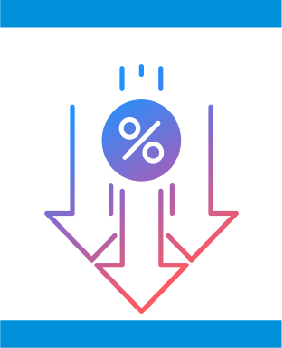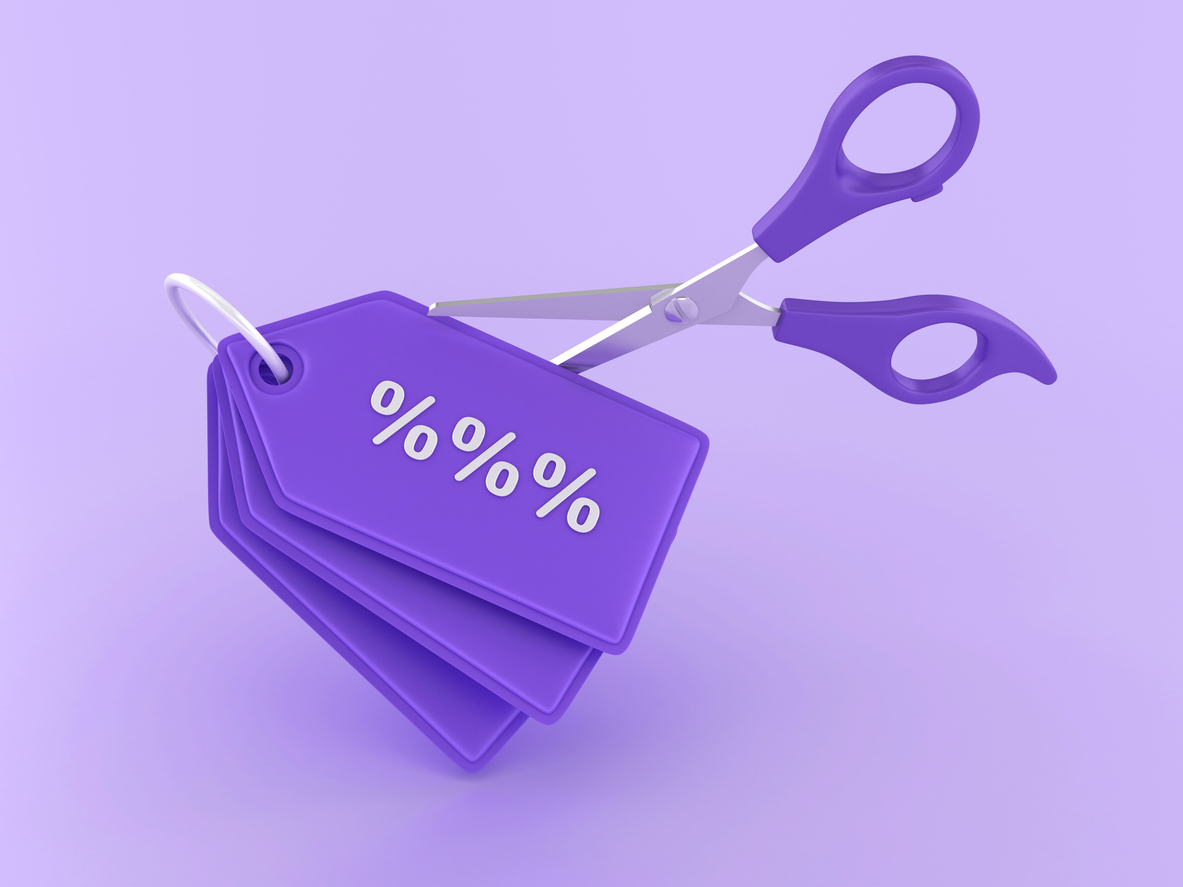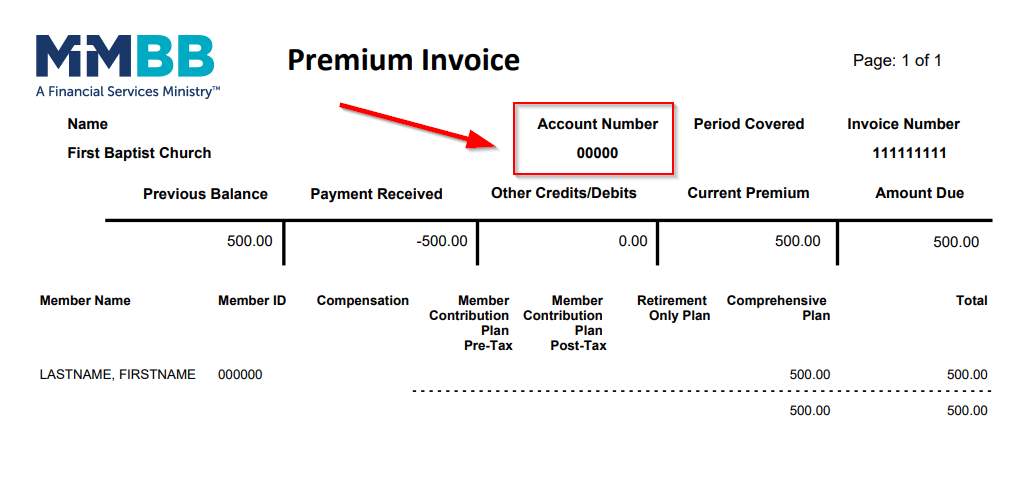The Skinny on Savings Accounts
Another impact of decreased interest rates is that bank savings account interest rates also tend to decline. As attractive as interest rates are for savings instruments, it may not be prudent to keep too much in cash because savings accounts are short-term investments, and their yields are fleeting. Lower interest rates make it harder to maximize savings. So, whether you’re thinking of putting money in a Certificate of Deposit (CD) or a high-yield savings account, you’re going to see a smaller return now. Interest rates on both of those savings vehicles have been at 5% or more for the past several years. With the Fed rate cuts, savers can expect to see them fall closer to 4% or less. While that is still significantly higher than what many financial institutions offered at the beginning of the decade, it’s always a good idea to monitor rates and consider shopping around for more competitive savings options.
What about the Market?
Lower interest rates can boost financial markets and improve market sentiment along with the broader, global economy as the outlook for economic growth and corporate profitability improves. Investors often see rate cuts as mostly positive, helping to drive up stock market prices.
In general, the overall health of the economy impacts how consumers react to interest rate changes in different ways. Consumer confidence about the economy and future income prospects also affect how much a person is willing to extend themselves financially. For more insights on how rate cuts may impact your overall financial strategy and goals, consider consulting with a financial planner. While you may hear about interest rate changes on the nightly financial news, how the Fed’s decisions can affect you is important to discuss with an expert. A financial planner can help you determine appropriate next steps.








 Next
Next


